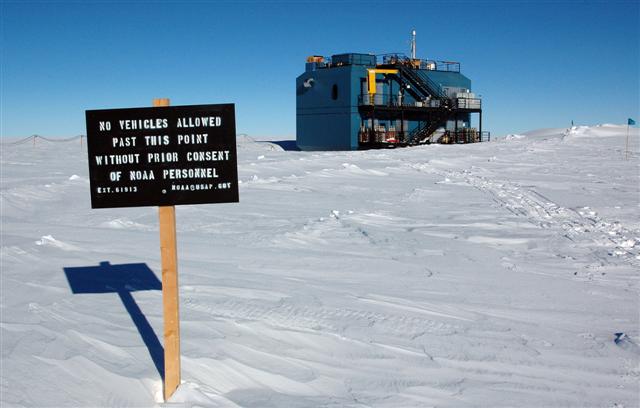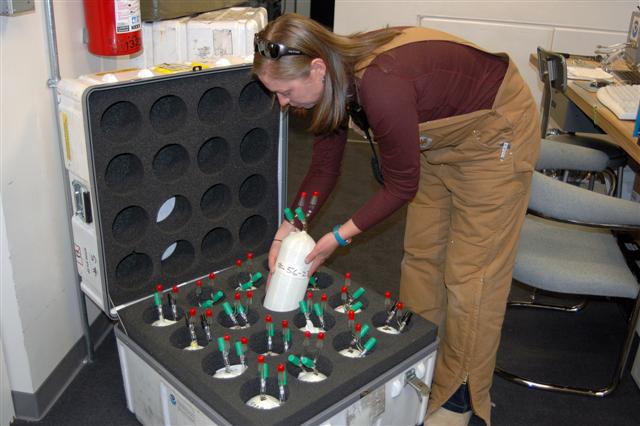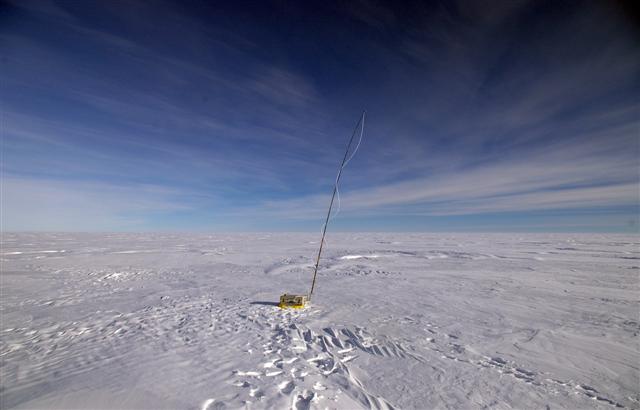|
Going upCO2 hits 400 ppm in Arctic, with Antarctic not lagging too far behindPosted June 1, 2012
The Arctic crossed a disturbing threshold this past spring — and the Antarctic isn’t too far behind. NOAA 
Photo Credit: Peter Rejcek/Antarctic Photo Library
The Atmospheric Research Observatory at the South Pole Station.
Average global levels of CO2 were 390.4 ppm in 2011, according to NOAA measurements. The federal agency predicts the global average will likely reach 400 ppm by 2016. Before the Industrial Revolution of the 1880s, global average CO2 was about 280 ppm. No time in the last 800,000 years — the oldest paleoclimate records available from ice cores — has CO2 been as high as today. “Turning up the levels of greenhouse gases in our atmosphere is like turning up the dial on an electric blanket,” said Jim Butler, director of the NOAA’s Earth System Research Laboratory (ESRL) Global Monitoring Division Carbon dioxide — a naturally occurring atmospheric constituent that has been buoyed tremendously by human activities such as combustion of fossil fuels — is the most significant greenhouse gas contributing to climate change. 
Photo Credit: Peter Rejcek/Antarctic Photo Library
NOAA ARO station chief Christine Schultz places an air sample from the South Pole in a case destined for the United States.
Barrow is one of six baseline observatories maintained by NOAA’s ESRL Global Monitoring Division around the world. At the southern extreme is the Atmospheric Research Observatory (ARO) In an email to The Antarctic Sun, Butler said the South Pole observatory would likely reach 400 ppm in about five or six more years. It currently records about 390 ppm. “In seven years, you can figure we will have seen the last CO2 value in the atmosphere [below 400 ppm] for a very, very, very long time. And that last value likely will come from South Pole,” Butler said. The lag between the two remote locations is due to atmospheric circulation patterns, as well as the fact that the Northern Hemisphere accounts for more than 90 percent of the CO2 in the air, according to Butler. “We’ll be having [more] press releases, as this disturbing milestone works its way south and higher in significance,” he said. |



For USAP Participants |
For The Public |
For Researchers and EducatorsContact UsU.S. National Science FoundationOffice of Polar Programs Geosciences Directorate 2415 Eisenhower Avenue, Suite W7100 Alexandria, VA 22314 Sign up for the NSF Office of Polar Programs newsletter and events. Feedback Form |


